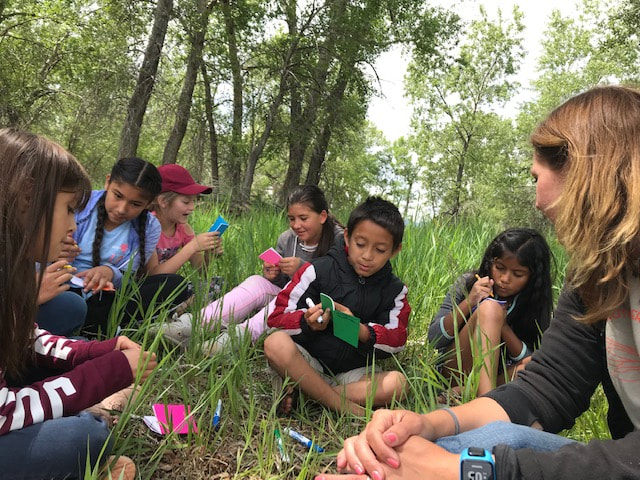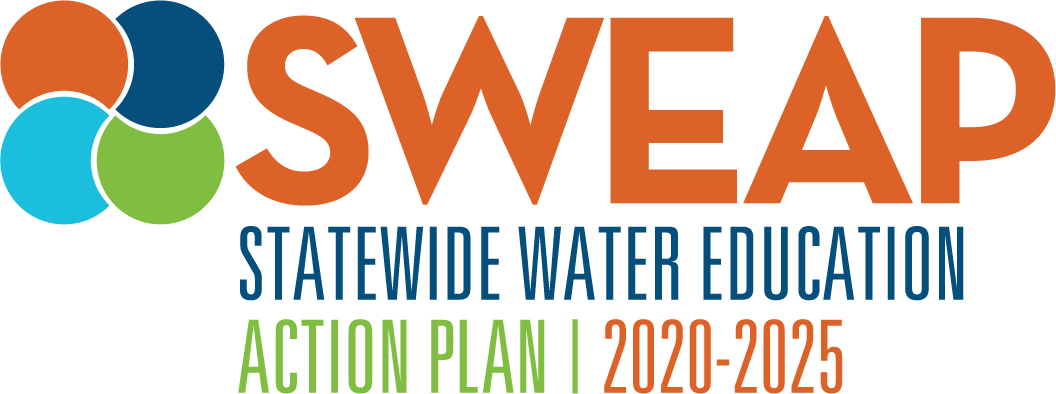CRITICAL WATER CONCEPTS
The following concepts represent foundational understandings for water education throughout Colorado. This is a working list of concepts.
|
I. The physical and chemical properties of water are unique and constant. Learn more.
II. Water is essential for life, our economy, and a key component of healthy ecosystems. Learn more. III. Water is a scarce resource, limited and variable. Learn more. IV. Water cycles naturally through Colorado’s watersheds, often intercepted and manipulated through an extensive infrastructure system built by people. Learn more. V. The quality and quantity of water, and the timing of its availability, are all directly impacted by human actions and natural events. Learn more. VI. Water is a public resource governed by water law. Learn more. |
DOWNLOAD THE CRITICAL WATER CONCEPTS
To learn more about Critical Water Concepts, scroll down or download the document by clicking on the link below.


